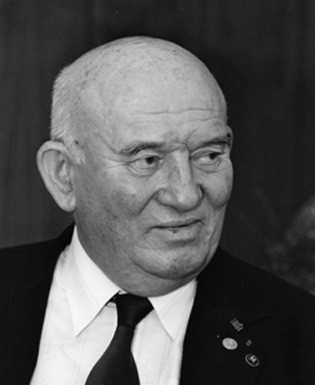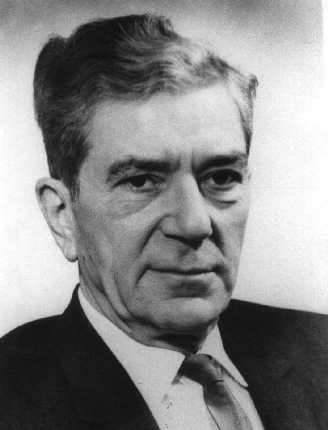The establishment of the Zoltán Bay Research Institute in 1992 was initiated by Ernő Pungor, an academic who has been a lifelong advocate of close cooperation between science, industry and innovation.
He is convinced that the successful economies of the future will be shaped by countries that are able to put research results into practice quickly and effectively.
The institute was set up with the aim of bridging the gap between basic research and industrial implementation, helping to keep young researchers in the country and providing them with competitive applied research activities.
According to Ernő Pungor, creation does not primarily require money, but thought, creativity and dedication – an approach he wanted to reinforce by establishing a research institute that can stand its ground internationally and contribute to Hungary's technological development.
The institute is named after Zoltán Bay (1900-1992), a physicist and one of the greatest Hungarian figures in applied science, whose name is still a symbol of scientific rigour, international thinking and practical technological innovation.
His best-known achievement was the 1946 lunar radar experiment, which was the first in the world to reflect radio waves from the lunar surface, demonstrating the future potential of space communications and radar technology.
Zoltán Bay's work has always been focused on technological development to advance the future of humanity. His life's work is an exceptional example of how physics research, engineering practice and social utility can be linked. It is in this spirit that we have chosen to name our institute after him – out of respect, but also as a guide.
Today, the Bay Zoltán Research Institute continues to carry on the legacy of its founders: our aim is to transform Hungarian scientific results into industrial, marketable innovations, contributing to the development of the national economy, while preserving and nurturing the values of creativity, scientific rigour and social responsibility.


